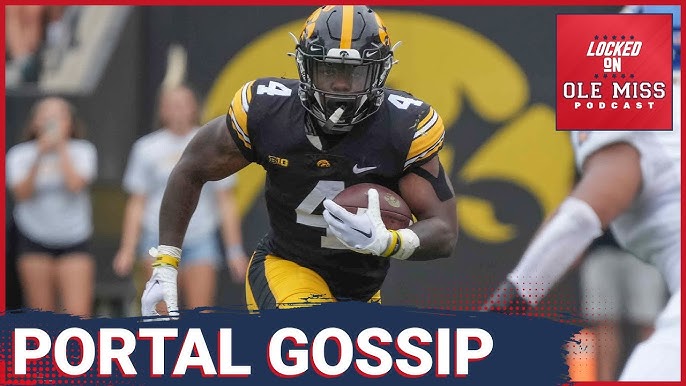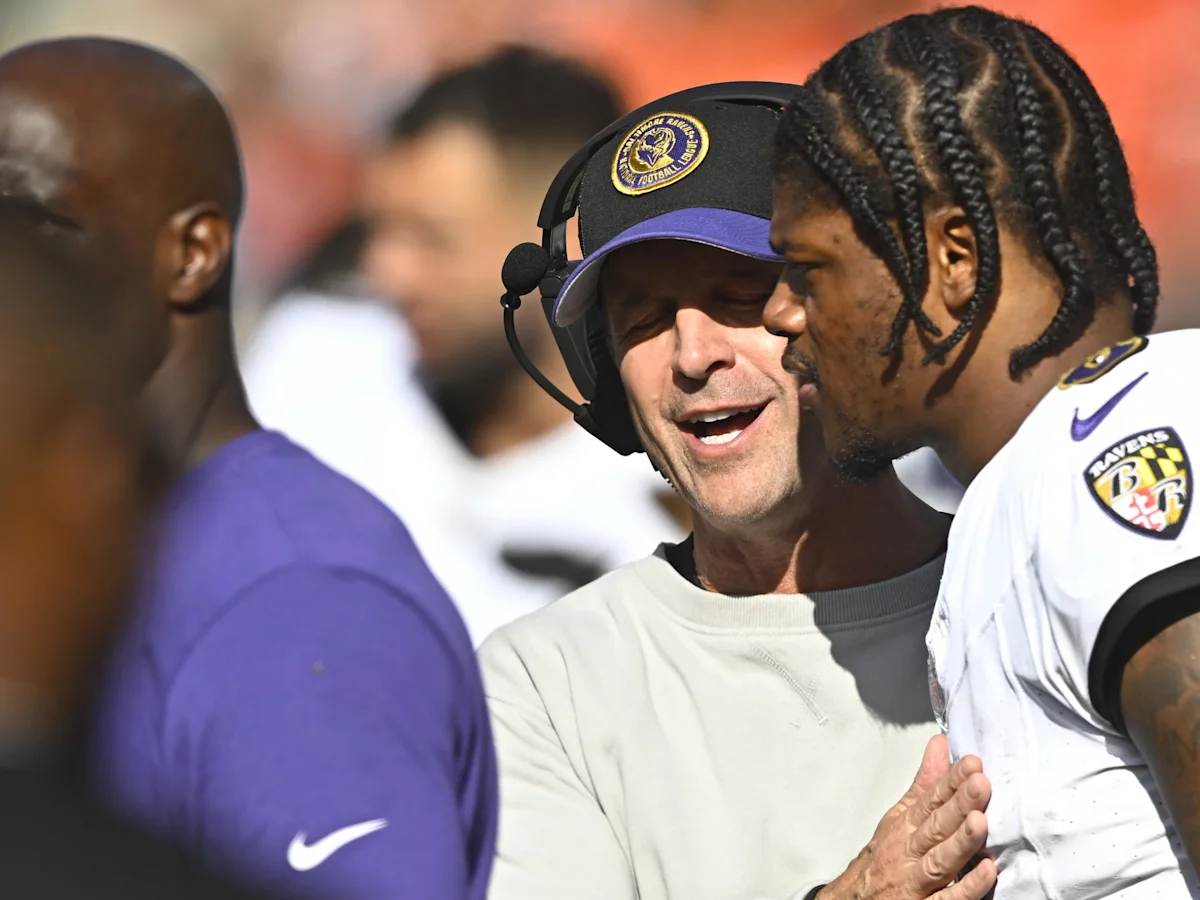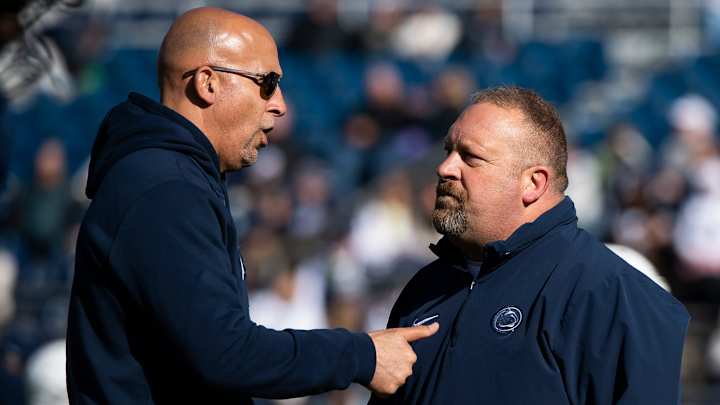Ole Miss rebel to loose another young talented star to the Transfer Portal….
The University of Mississippi, known widely as Ole Miss, has long been a hub for producing high-caliber talent in collegiate sports, particularly in football and basketball. However, over the past several years, the institution has faced a growing trend that is becoming a source of concern: the loss of talented players to the Transfer Portal. This phenomenon has become particularly evident in the realm of college football, where Ole Miss has recently seen several key players leave the program for opportunities at other institutions. The latest in this growing list is yet another young and talented star from the Ole Miss Rebel football team, and this shift raises several important questions regarding the future of the program and the state of college athletics in general.
The Rise of the Transfer Portal
To understand the impact of these departures, it’s essential to first recognize the pivotal role the Transfer Portal plays in shaping modern college sports. Introduced in 2018 by the NCAA, the Transfer Portal allows student-athletes to enter a database, signifying their intention to transfer from one institution to another. While the system was initially meant to offer more freedom and flexibility to athletes, it has had the unintended effect of enabling frequent roster turnover. Players can leave a program without penalty, which, for many, has been an attractive opportunity to pursue a new environment that may offer them more playing time, a better coaching staff, or a better chance of reaching their ultimate professional goals.
However, the downside to this is that teams like Ole Miss, which pride themselves on building long-term relationships with players and cultivating a strong team culture, are now facing the uncertainty of losing promising athletes at a high rate. Players like the one recently announced to leave the Rebels program represent the type of talent that any football team would be eager to nurture, and their departures leave gaps in the roster that can have long-term implications on the team’s competitiveness.
The Impact on Ole Miss Football
Ole Miss football has experienced a degree of success in recent years under head coach Lane Kiffin. Kiffin has been instrumental in revitalizing the program, turning it into one of the more competitive teams in the Southeastern Conference (SEC) and establishing Ole Miss as a legitimate contender in college football. His innovative offensive strategies and dynamic approach to recruiting have contributed to a program that attracts top-tier recruits. However, the constant loss of talented players to the Transfer Portal threatens to undermine the stability and growth that Kiffin has worked so hard to build.
The departure of a rising star is especially damaging for a team that has already shown it can compete at a high level. Players who leave for other programs often take with them not just skill and athleticism, but also years of development and team chemistry. When a team loses young players with the potential to become program cornerstones, it sets back the team’s rebuilding process and makes it harder to stay competitive within the SEC, one of the most challenging conferences in the country.
Furthermore, the loss of a key player can significantly affect the team’s overall depth. For example, if a talented wide receiver or defensive back were to depart, the Rebels would not only lose that player’s performance on the field but would also be forced to scramble to replace them. While recruiting helps offset such departures, not all recruits can immediately step in and perform at a high level, especially in a conference like the SEC.
Why Are Players Leaving?
There are many reasons why players are increasingly leaving programs like Ole Miss through the Transfer Portal, and each situation is unique. In some cases, players may feel they aren’t getting enough playing time or that their skills are better suited for a different system or coaching staff. For others, the decision to transfer might be based on a desire for a better chance at the NFL, where some may feel they have more exposure or a clearer path to making a professional roster.
The rise of NIL (Name, Image, and Likeness) deals in college sports has also had an influence on the transfer culture. Players who may not have been as heavily recruited out of high school, or who may have felt limited in their opportunities, now have the chance to capitalize on their personal brand and earn money while playing college sports. If a player feels that another program can offer them a more lucrative NIL deal, it might be an incentive to transfer.
Another factor contributing to the exodus of players is the shifting nature of the college football landscape itself. The landscape is more competitive than ever before, with larger programs and more resources devoted to recruiting and development. As the stakes get higher, it can sometimes lead to a sense of urgency among players to move to programs where they feel their chances of success—both academically and athletically—are greater. The lure of playing in a major bowl game or winning a national championship can sometimes lead athletes to leave smaller programs, even if their current team has a good deal of success.
The Larger Implications
The broader implications of this trend extend beyond just the Rebels and the SEC. College football programs across the nation are facing similar challenges as athletes increasingly opt for the transfer portal in pursuit of greener pastures. This has altered the recruiting dynamic, with teams forced to navigate both high school and transfer portal recruits. Programs that fail to adapt to the shifting trends in recruiting may find themselves falling behind. Moreover, it creates a more transactional culture in college sports, where athletes are more likely to view their time at any given school as temporary rather than part of a long-term development process.
For Ole Miss, the question becomes: How can the Rebels overcome the constant roster turnover and maintain a competitive program? The answer likely lies in a combination of factors. First, the program must continue to invest in the development of young talent, not just on the field but off it as well. Ensuring that players are happy with their academic, social, and athletic experiences will help them feel more connected to the team. Second, Ole Miss will need to lean on its established culture and coaching to convince recruits that they can thrive in Oxford, both in terms of athletics and personal growth.
Conclusion
The recent loss of another young and talented player to the Transfer Portal is a significant blow to Ole Miss football. It underscores the growing trend in college sports of roster instability, especially in football, and highlights the difficult reality that teams like the Rebels must face in the modern era of college athletics. For fans of the program, it’s a reminder that success in today’s college sports landscape requires not only great coaching and recruiting but also the ability to adapt to a changing environment where loyalty and commitment are increasingly challenged by new opportunities and incentives. Whether Ole Miss can continue to build a championship-caliber team amid these challenges will depend largely on their ability to recruit, develop, and retain top talent in the face of an ever-evolving landscape.



